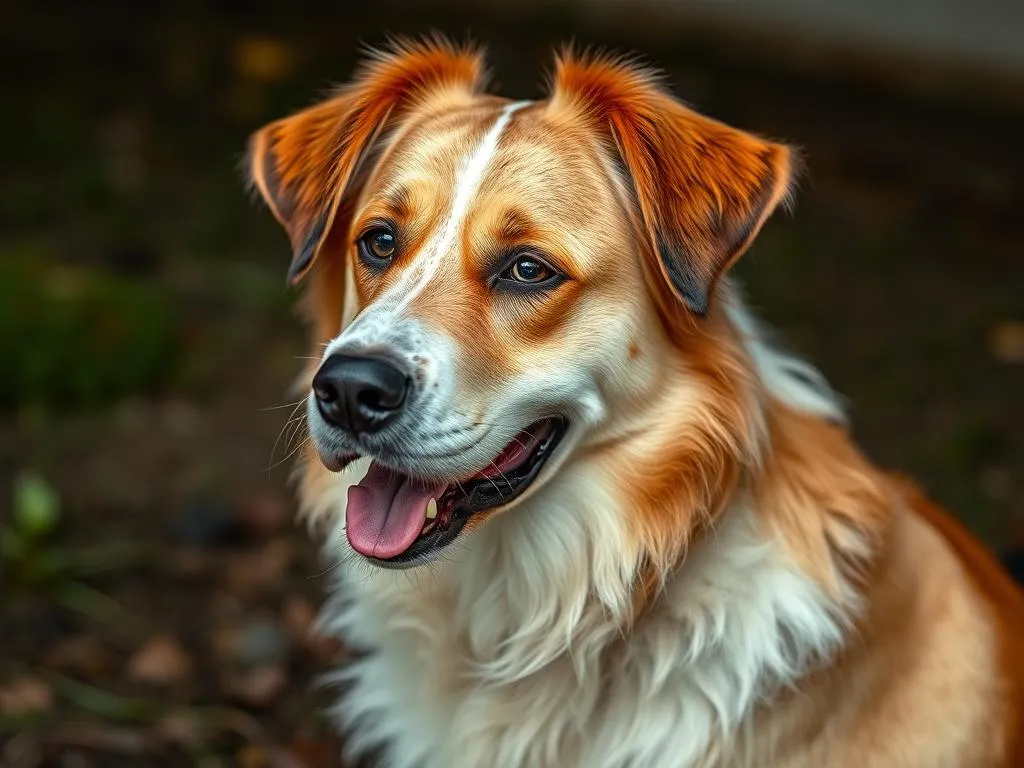
The world of dog breeds is both diverse and fascinating, with each breed offering unique characteristics, histories, and roles in human society. Among these breeds is the Danish-Swedish Farmdog, a charming and versatile companion that has its roots deeply embedded in Scandinavian farming culture. Understanding the specifics of this breed is essential for potential dog owners who want to ensure they are making an informed choice that suits their lifestyle and preferences.
History of the Danish-Swedish Farmdog
Origins
The Danish-Swedish Farmdog has a rich history that dates back to the 18th century when it was primarily utilized as a working dog on farms in Denmark and Sweden. This breed is believed to have descended from various European terriers and was specifically bred for their ability to herd livestock, chase vermin, and serve as loyal companions to farmers. The influence of Scandinavian farming culture played a significant role in shaping the breed’s characteristics, as farmers sought dogs that were not only adept at working but also friendly and adaptable to family life.
Development and Recognition
The journey of the Danish-Swedish Farmdog towards official recognition began in the mid-20th century. The Danish Kennel Club and the Swedish Kennel Club recognized the breed in the 1980s, marking a significant milestone in its development. A breed standard was established, detailing the physical and behavioral traits desirable in the breed. The recognition by these kennel clubs has helped to promote responsible breeding practices and preserve the unique qualities of the Danish-Swedish Farmdog.
Physical Characteristics
Size and Weight
The Danish-Swedish Farmdog is a small to medium-sized breed, typically standing between 13 to 16 inches tall at the shoulder. Males usually weigh between 20 to 30 pounds, while females tend to be slightly lighter, averaging around 18 to 28 pounds. This size makes them well-suited for various living environments, from apartments to larger homes with yards.
Coat and Color
This breed features a short, dense, and weather-resistant coat that provides protection against the elements. The Danish-Swedish Farmdog is predominantly white, often adorned with patches of color that can include black, brown, or tan. These color patterns not only add to their visual appeal but also highlight their distinctive heritage.
Distinctive Features
The Danish-Swedish Farmdog showcases a number of distinctive physical traits. Their ears may be erect or semi-erect, giving them an alert expression. The tail is typically docked or naturally short, and their eyes are dark and expressive, reflecting their intelligent and friendly nature. The breed’s overall appearance is compact and athletic, designed for agility and endurance.
Temperament and Behavior
Personality Traits
The Danish-Swedish Farmdog is known for its friendly and sociable personality. They are highly energetic and intelligent, making them excellent companions for active families. This breed is particularly good with children, exhibiting patience and playfulness. Their affectionate nature means they thrive on human interaction and enjoy being part of family activities.
Behavioral Characteristics
In addition to their friendly demeanor, Danish-Swedish Farmdogs possess strong herding instincts. They are naturally inclined to chase and control movements, making them excellent watchdogs. Early socialization is crucial to help them develop into well-rounded adults. They tend to bond closely with their families and can be reserved or cautious around strangers, making proper introductions essential.
Care and Maintenance
Grooming Needs
Grooming a Danish-Swedish Farmdog is relatively straightforward due to their short coat. Weekly brushing is usually sufficient to remove loose hair and minimize shedding. They typically do not require frequent bathing unless they become particularly dirty. Essential grooming tools include a slicker brush and a rubber grooming mitt to keep their coat in good condition.
Exercise Requirements
This breed has high energy levels and requires regular exercise to stay happy and healthy. Daily walks, play sessions, and opportunities for mental stimulation are essential. Activities such as agility training, flyball, or even simple fetch can help keep them engaged. A well-exercised Danish-Swedish Farmdog is less likely to develop behavioral issues stemming from boredom or excess energy.
Health Considerations
While generally healthy, the Danish-Swedish Farmdog can be prone to certain health issues, such as hip dysplasia and patellar luxation. Regular veterinary check-ups, vaccinations, and a nutritious diet are vital for maintaining their health. Being aware of potential health concerns can help owners provide proactive care.
Training the Danish-Swedish Farmdog
Basic Training Commands
Training a Danish-Swedish Farmdog can be an enjoyable experience due to their intelligence and eagerness to please. Essential commands such as sit, stay, and come should be taught from an early age. Positive reinforcement techniques, such as treats and praise, work best with this breed, as they respond well to encouragement.
Socialization
Early socialization is critical for a well-adjusted Danish-Swedish Farmdog. Introducing them to a variety of people, pets, and environments will help them develop confidence and good manners. Activities such as puppy classes, supervised playdates, and exposure to different settings will contribute to their social skills and overall behavior.
Living with a Danish-Swedish Farmdog
Ideal Living Conditions
The Danish-Swedish Farmdog is adaptable and can thrive in various living conditions. While they do well in homes with yards where they can play and roam, they can also be comfortable in apartments, provided they receive enough exercise. Access to outdoor spaces is beneficial, as they enjoy exploring and engaging in physical activities.
Family Compatibility
This breed is known for being great with children and other pets, making them an excellent choice for families. Their playful and gentle nature allows them to interact positively with kids, and they usually get along well with other dogs and animals. When integrating a Danish-Swedish Farmdog into family life, supervision during playtime is essential, particularly with smaller pets.
Conclusion
The Danish-Swedish Farmdog is a unique and delightful breed that embodies the spirit of companionship and versatility. With a rich history rooted in Scandinavian farming culture, they have evolved into well-rounded pets that excel in active family environments. Their friendly temperament, physical characteristics, and adaptability make them an excellent choice for prospective dog owners.
Understanding the needs and traits of the Danish-Swedish Farmdog can help individuals determine if this breed aligns with their lifestyle and expectations, ensuring a rewarding relationship between pet and owner.
This comprehensive overview of the Danish-Swedish Farmdog provides valuable insights into their history, physical traits, temperament, care requirements, training needs, and living conditions. Whether you are considering adding one of these wonderful dogs to your family or simply seeking to learn more about the breed, the Danish-Swedish Farmdog undoubtedly deserves a spot on your radar.









